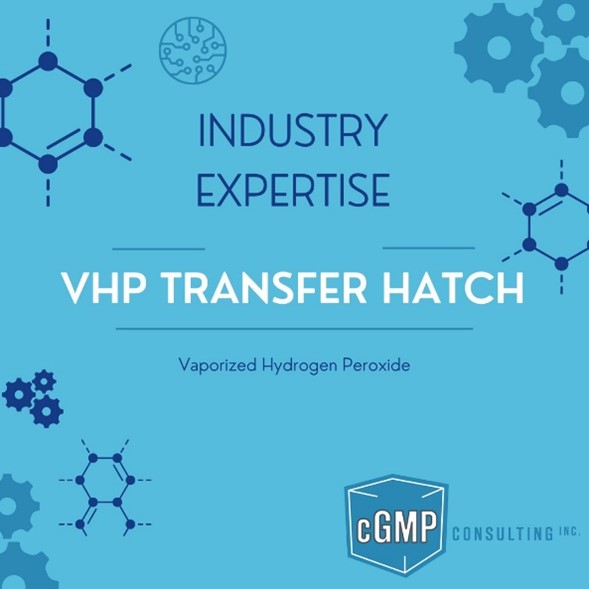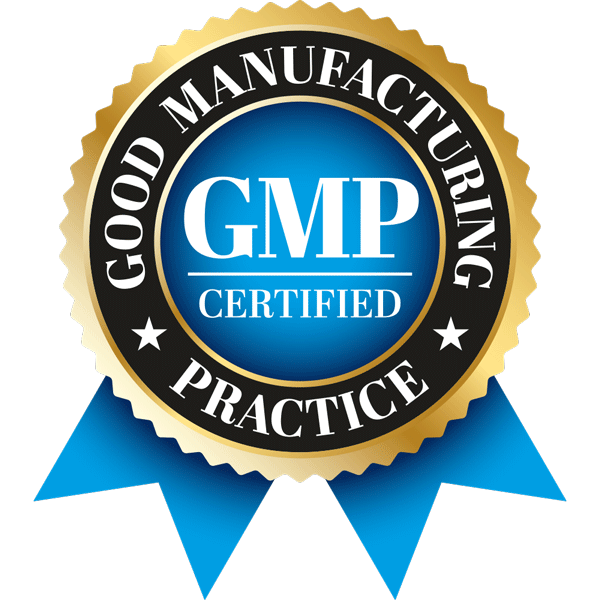
Cleanroom Decontamination: Vaporized Hydrogen Peroxide Chambers
What are Vaporized Hydrogen Peroxide Chambers?
Vaporized Hydrogen Peroxide (VHP) Pass-through chambers are designed to safely bio-decontaminate and transfer small objects between differing classified areas of a cleanroom to save time and resources. These chambers serve as mini-isolators, facilitating the transfer of components into an isolator/filler after VHP has already been performed on the fill line or a transfer of components from a lower classification to a higher classification room has taken place. Heat-sensitive products and materials like wrapped components, syringes, petri-dishes, rubber stopper bags, API aluminum containers and sterile materials for validation that cannot be processed by moist or dry steam sterilization methods.
There are various technologies that achieve the same goal and are known by several different names: VHP Transfer Hatch, Rapid Decontamination System, Bio-decontamination System, VHP to name a few.
Types of VHP Equipment
VHP equipment generally falls into two categories: integrated and portable systems.
- Integrated VHP Systems: These systems are installed with air handling components and building automation controls to enable area-wide decontamination. They are ideal for frequent use, as they minimize setup time and offer the fastest cycle times.
- Portable VHP Systems: These systems are used for the rapid bio-decontamination of materials passed through material airlocks, requiring no permanent installation.
Understanding Vaporized Hydrogen Peroxide Chambers: Benefits and Requirements
How VHP Decontamination Works
VHP is used to decontaminate. The H2O2 is heated, converted from liquid to gas, and is blown into the chamber, then creating a lethal environment capable of killing bacteria, viruses, and fungi. A factor that makes this process so appealing is the only heating that’s performed is the heating of the liquid H2O2 to vaporize it and then distribute into the chamber.
The sterilization process involves 3 phases:
- Liquid H2O2 gets converted into vapor.
- VHP fills the sterilization chamber (or room/equipment).
- The vapor is vacuumed out of the chamber where it is circled back through a generator and broken down into water and oxygen.
The breakdown of H2O2 to water and oxygen reduces the aeration time and greatly lowers the toxicity risk.
Requirements for VHP Pass-Through Chambers
These pass-through chambers must meet the ISO Standard 22441:2022 for the development, validation, and routine monitoring and control of a low temperature sterilization process for medical devices using VHP as the sterilizing agent.
Specifically, hourly leak rates are important for operator safety to ensure H2O2 isn’t leaking during the cycle and inhaled. This also helps stabilize the concentration during the cycle. If leaking, the concentration drops, therefore the cycle won’t be as effective. These chambers may be customized with glass, racks, trolleys, etc. depending on needs.
Cycle development must be performed similar to isolators depending on the product impact of the equipment being decontaminated. If it’s going into a filler/isolator, the needs are the same requirement as Isolator cycle development. If it’s cleaning supplies from Grade C to Grade B, this will be less vital.
To learn more about VHP Pass-Through Chambers and other CQV topics, contact us today!



